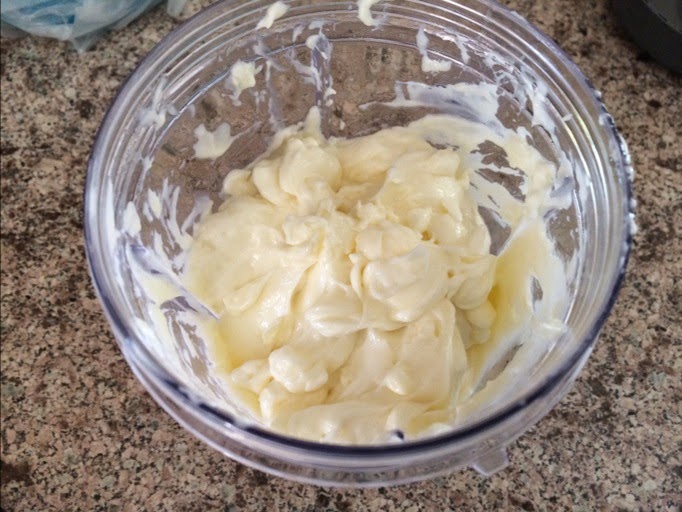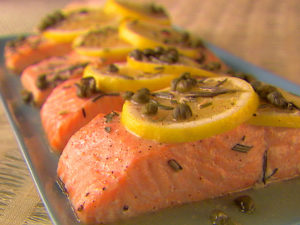When I saw this recipe come up in my Facebook feed I
bookmarked it immediately. I had been
searching for an easy, healthy alternative to the (in my humble opinion)
over-hyped pumpkin spice latte at a certain coffee shop that shall remain
nameless.
As I mentioned above, this recipe is a healthier option
since it does not contain any artificial coloring or preservatives. And, it actually has pumpkin in it, which is
a great source of fiber and vitamin A.
Pumpkin in a pumpkin spice latte? Imagine that!
I will say that I think this recipe could be a touch sweeter. I think the next time I make it, I would do
1/2 cup of maple syrup instead of 1/3 cup or maybe just add some actual sugar. Also, I would add another tablespoon of
pumpkin (so 4 total) and another teaspoon of pumpkin spice. But, I recommend starting with the original
recipe and adjusting per your taste preferences!
Best thing about this recipe? Long after pumpkin goes out of
season at all the coffee chains, you can still sip on these warm flavors year
round without ever leaving the house!
Pumpkin Spice Latte
adapted slightly from www.againstallgrain.com
Ingredients:
3/4 cup plain, unsweetened almond milk
3/4 cup unsweetened coconut milk
1/3 cup maple syrup
3 tablespoons canned pumpkin puree
1 teaspoon pumpkin spice
1/2 teaspoon vanilla extract
3/4 cup plain, unsweetened almond milk
3/4 cup unsweetened coconut milk
1/3 cup maple syrup
3 tablespoons canned pumpkin puree
1 teaspoon pumpkin spice
1/2 teaspoon vanilla extract
Directions:
1. Combine all the ingredients in a saucepan over
medium-high heat. Simmer for about 5
minutes, whisking occasionally, until heated through and slightly frothy.
2. Transfer the liquid to a blender. Blend on high for 30 seconds until the
mixture is foamy. Safety tip: be sure to
cover the lid with a towel to prevent splashing of hot liquids! You can also skip the blender and mix the
liquid right in the pot with an immersion blender until foamy (this is the
method I did).
3. Spoon into a cup
of hot coffee and enjoy! Allow the
remaining mixture to cool and then store in the fridge. Just give it a quick blend before using it
again
Need suggestions on what to do with the leftover pumpkin
puree? Check out some of the other pumpkin recipes on my blog including Pumpkin-Honey
Beer Quick Bread and Gluten-Free
Pumpkin Chocolate Chip Cookies, both of which would pair perfectly with a
cup of this latte!
Healthfully Yours,
Meghan

























